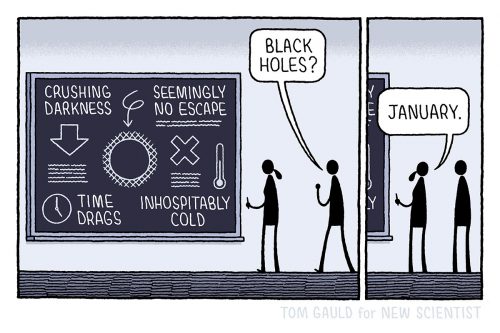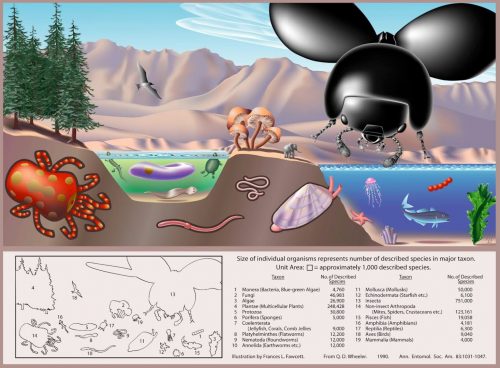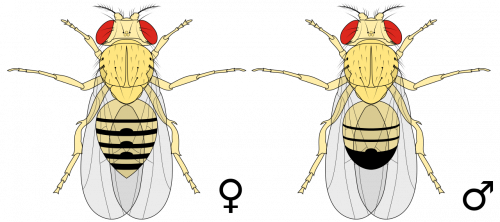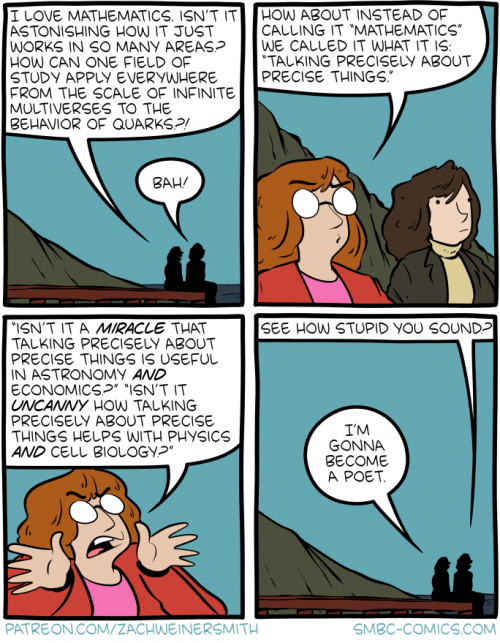The situation is dire. Here’s a good overview.
Zach is not being hysterical. Everything he said is objective fact and an accurate prediction.
It’s hitting me personally now. I was benefitting from an HHMI grant written with the hard work of two of my colleagues. It wasn’t big money, I was mainly part of an effort to improve teaching in the university, in a project that paired me with another faculty member for an exercise in peer evaluation.
It was part of a category titled “Inclusive Excellence“. Oops. Forbidden word.
I used the past tense there, because I learned just today that the funding had been pulled, thanks to Trump’s anti-DEI nonsense.
I also have a student trying to get into a graduate program for next year. I’m hoping she gets accepted somewhere — she’s an excellent student with a lot of promise for a research career — but so far, we’re waiting for something. In a normal year, I’d expect grad schools to jump at her, she’s that good. But either nobody has any money, or they’re waiting to hear if their funding has been annihilated, so who knows what will happen? Maybe I should encourage her to apply to Mexican or Canadian schools.
All it took was one election to demolish the American scientific enterprise.














